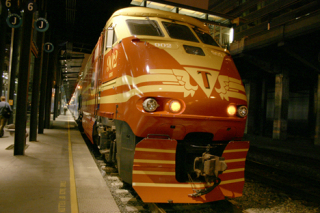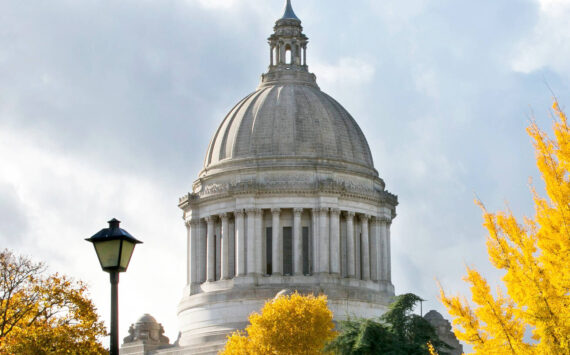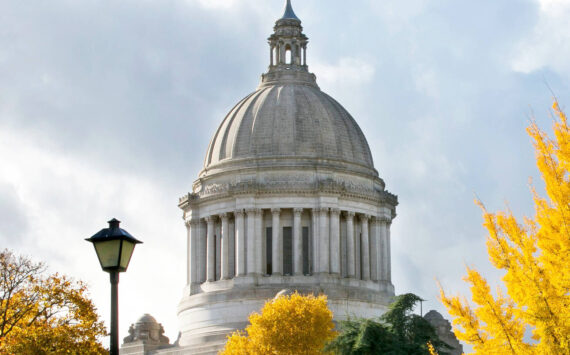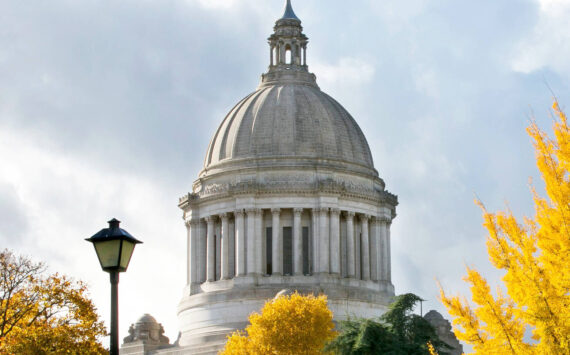Sound Transits Sounder commuter rail posted a 31 percent gain in ridership during the last three months ending June 30 compared to the same period last year, according to a statement released yesterday.
More than 1.2 million riders have boarded Sounder commuter rail since the beginning of 2008. The month of June in particular has seen some of the biggest gains so far this year, with average weekday ridership on the south line up more than 37 percent since last year, and north line up 44 percent, due in part to the opening of Mukilteo Station on May 31.
The Sounder system saw an overall jump of 38 percent for the month of June.
“With no end in sight to high gas prices, we’re seeing big demands to invest in additional rail transit,” Sound Transit Board Chair and Seattle Mayor Greg Nickels.
The 31 percent increase in Sounder ridership for the second quarter of 2008 continues the growth momentum from the 28 percent ridership gains in the first quarter, and the 27.4 percent growth posted for 2007. The gains were achieved in part by significant service increases Sound Transit implemented last year, including adding three trains last fall and opening Mukilteo Station.
In June, The American Public Transportation Association announced that Americans took 85 million more trips in the first quarter of this year compared to the same period one year ago, and that transit ridership across the country was up 3.3 percent. Sounder commuter rail led all other commuter rail systems with 28 percent growth. More information about APTAs announcement is available at http://www.apta.com/media/releases/080602_ridership_report.cfm .
Additional Sounder service will be coming this fall. One additional roundtrip train will be added in the peak direction between Tacoma and Seattle, as well as an additional reverse-commute train in the south corridor, for a total of eight roundtrip trains running between Tacoma and Seattle each weekday. One additional round trip train will also be added on the Everett-to-Seattle for a total of four roundtrip trains in the north corridor each weekday.
Today, Sound Transit’s system of regional express buses, commuter rail and light rail carries about 55,000 riders each day, about 5,000 more than the average daily boardings posted in February.
By 2020, Sound Transit’s average daily ridership is expected to more than double following the 2009 opening of light rail service between downtown Seattle and Sea-Tac International Airport. Construction of the light rail line is moving forward on schedule and is more than 90 percent complete. Further expansion of Link light rail between downtown and the University of Washington is slated to begin this year and be completed in 2016. University Link is projected to increase the regional light rail system’s ridership to more than 114,000 a day by 2030.
The Sound Transit Board is currently considering the priorities and timing for a future ballot measure to continue expanding the regional transit system. The Board will discuss the merits of a 15-year the plan on July 24 and decide whether to move forward with a package this year. The package’s capital projects would cost $13.3 billion in year-of-expenditure dollars that include inflation estimates, or $9.1 billion in 2007 dollars. Funding would come from a 0.5 percent increase of the local sales tax, or 5 cents on a $10 purchase. This new option heeds the call for further light rail extensions by achieving a 53-mile regional system while delivering a series of significant Sounder commuter rail and ST Express regional bus service expansions between 2009 and 2023.





